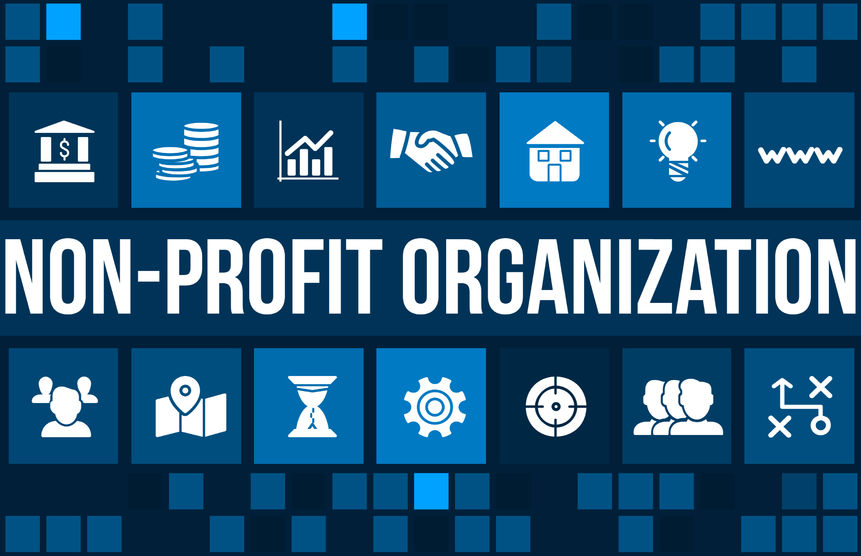
Are you ready to make 2017 your best fundraising year ever? Want to reach more people, target a wider base of donors and get your message heard far and wide?
Nonprofits face growing challenges–limited government funding and corporate sponsorship, a widening pool of competition, and higher needs among underserved populations make the work of nonprofits seem ever more difficult. Over the past few years many nonprofits have found that, in order to reach their goals they have to stop thinking like for-profits (although, it doesn’t hurt to incorporate a few of their best practices) and start playing up their unique strengths.
Nonprofits are the do-gooders and the changers in the world. Their impact stories touch hearts and change lives. Different than selling cars, insurance, or widgets, nonprofit don’t sell anything tangible. Instead, they give others the opportunity to make a difference. They help people pool together their money toward furthering a cause.
Even in a challenging landscape and with large goals, nonprofits have access to many tools at their disposal to help them be successful. Most nonprofits require gifts management system, the ability to send letters, a calendar to track grant deadlines, and the ability to process proposals.
As we move toward a more mobile-friendly society, nonprofits need to keep up with competition, so their voices can be heard and they can reach their supporters. Building on community connections, stewardship and “friendraising” is just as important as fundraising when it comes to furthering their cause.
Donors will shy away from hard-to-navigate websites. One of the primary goals of any nonprofit should be making donating as easy as possible.
So what are some of the top tool your nonprofit needs to thrive in 2017?
- A CRM
If you’re still relying on spreadsheets to track your contacts, potential donors and community connections, it’s time to move forward! Adopting a CRM can seem daunting, especially when staff time is limited, but using a product like Insightly is simple, easy and intuitive. Once your employees see how they can share information, integrate with existing programs they already use and generally simplify their lives, they will be on board.
A CRM helps you steward your donors and keep track of all of the connections you’ve worked so hard to build. No more will contact information laps or slip through the cracks. No more will you be embarrassed because you forgot some key information about an important contact. You will be able to manage all of the information simply, easily and in one place.
- Mobile Fundraising Tools
Donors are become increasingly comfortable with mobile giving. There are a number of options you can use to help simplify donations, even allowing donors to “text” in their gift or receive updates and alerts from your organization.
At the minimum, mobile-optimization of your website is critical, and your donation button needs to be front and center. If donors can’t find out how to support you, they will look for another cause to take their gift. Make it easy for them by offering online giving options, donations through Paypal, or using crowdfunding platforms like GoFundMe and Donorschoose to encourage support. Don’t forget to set up a wish list for donors who prefer to give in-kind rather than money.
- Video
Video is a game-changer for nonprofits. With all charitable organizations it’s about the story, the message and capturing the impact of support on your populations. Your story is vital to your cause. If you’re using tools to help you do more good, and spend less time on administration, you should use that time to learn and work on your video and media presence.
Video enables you to share your story in an eye-catching way that connects with your volunteers and supporters in a way that other forms of media just can’t do. You don’t need to spend on fancy equipment, as many tablets and phones now offer video capabilities on par. Still, spending some time to learn software editing options and understanding how to shoot and compose quick video and share it with an audience can be a huge boost for nonprofits.
- Social Media
Social media is still critical for nonprofits, and so many just don’t have the time to keep up! Optimize social media for donor stewardship and to share your message with your target audience. Social media can be a great tool to share the stories of your volunteers, network with others who might need your vital services, and of course, connect with supporters.
One of the keys to managing social media is to only bite off as much as you can manage–you don’t need to have Twitter, Facebook, Instagram, Snapchat and LinkedIn. Pick one or two platforms, your staff is most comfortable with and you feel connects with your target audience. Then stay consistent with your posting. Responsiveness is critical (the “social” part of social media), so make social media a priority but keep it manageable.
- Design Software
Design is important when it comes to grant proposals and logic models. When a foundation or funder has tons of proposals to sort through, having an eye-catching piece can really make your proposal stand out. Having consistent branding and following best practices can help give your organization an identity that will resonate with your target audience.
You don’t have to be a graphic designer or spend major dollars on hiring someone with professional design skills. Many programs can be accessed only for free or very little cost. Canva, PicMonkey and other design programs help take your proposal and look from “basic” to “standout”. Use design elements to beautify your marketing materials, your website and for graphics you share on social media.
With a few simple and cost-effective tools, you can ensure that your nonprofit will have the best year ever in 2017. Use a few smart strategies to stretch your time and software investments and enable your staff to really succeed in a polished and professional market. You do great work–use helpers to work smarter, not harder.
At Insightly, we offer a CRM used by small and mid-sized businesses from a variety of verticals. Learn about all of Insightly’s features and plans on our pricing page or sign up for a free trial.
Share love, share Insightly: Refer Insightly, Receive a reward.







